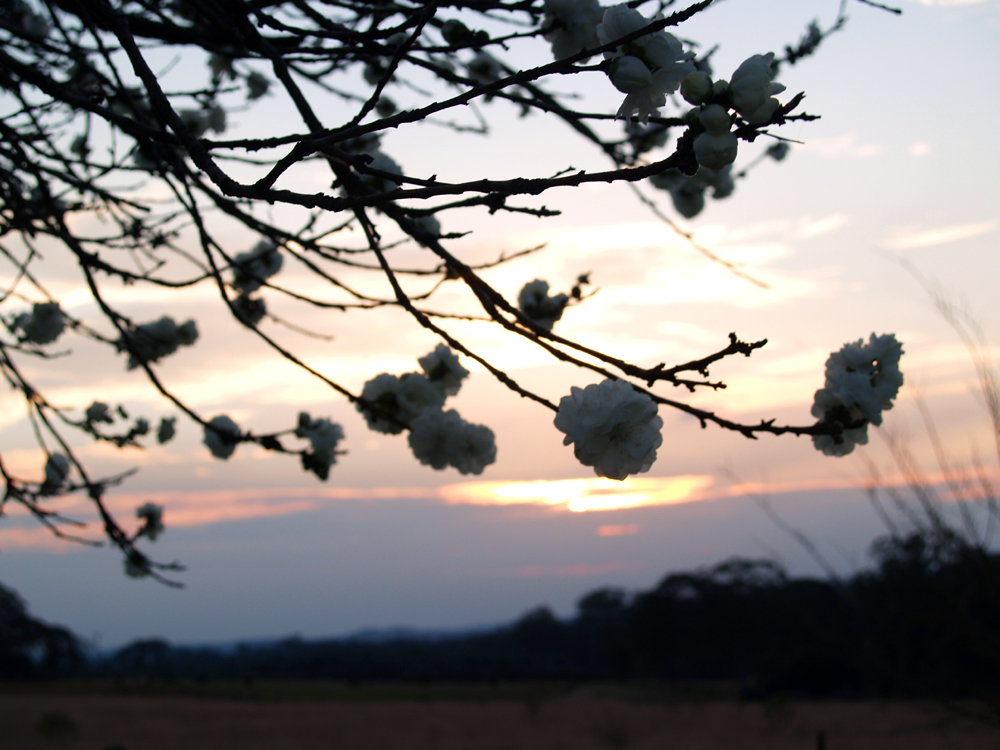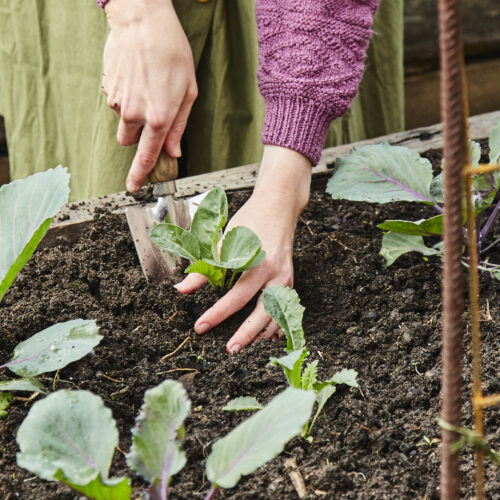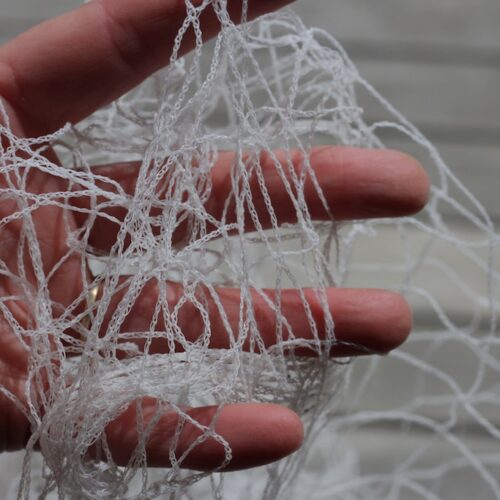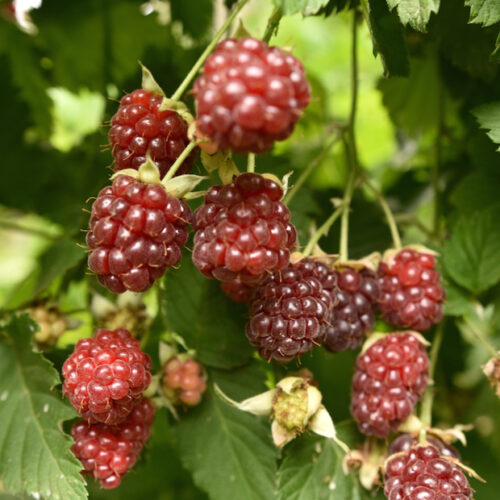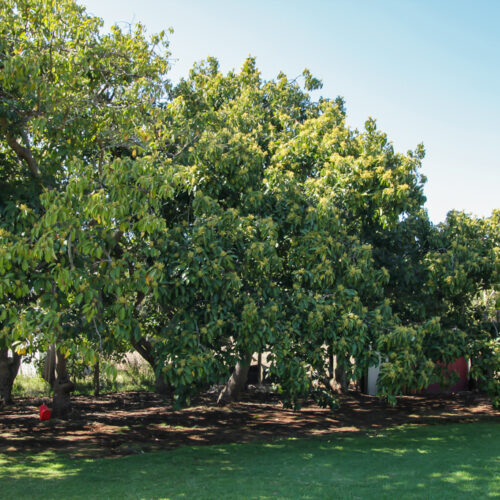Garden Jobs for Late Winter
2012-08-17T00:24:33+10:00
Late winter is no time to rest on your laurels. According to JUSTIN RUSSELL, it's one of the busiest times of the year with plenty to do before spring. Let's get cracking!
For those of us gardening in temperate climates, late winter is among the busiest times of the year. There’s such a bulging list of jobs to be done it can almost feel overwhelming, but my advice, as always, is to start with the soil. After all, it is the engine of the organic garden. Any care we can lavish on our precious patches of earth will be repaid many times over in the weeks to come with luscious, home grown food. Here’s my suggestions for some of the tasks that need to be done in the closing weeks of August:
-
Improve soil in the veg patch by incorporating as much rotted manure and compost as you can get your hands on. Work it in lightly to the top layer of soil. To aerate deeper layers of soil, simply drive a digging fork into the earth and give it a fore-and-aft wiggle to break up compaction and allow air and moisture to penetrate. To help the soil warm up, peel back avoid mulching vegie beds until mid-spring.
-
Once the ground work has been done, add garden lime at a rate of about one handful per square metre if you’re planting alkaline loving crops (eg brassicas and alliums), and at the end of the month, follow up with a dressing of blood and bone or pelletised chook manure as necessary. Avoid extra fertiliser in beds to be planted with carrots or parsnips. Sustainably made biochar can also go in now to help boost the soil for years to come.
-
Complete your seed orders sooner, rather than later. Some plants can be started in a warm greenhouse or cold frame immediately, then planted out in a month’s time. Don’t try to cheat cold soil and and frost with true summer crops like beans, melons, and tomatoes. But by the same token, don’t wait to plant cool season vegies like leafy greens. They can be started now.
-
Speaking of frost, this is the time when many plants are at their most vulnerable. It’s a good idea to have some horticultural fleece, netting, or hessian on hand to provide an extra couple of degrees of warmth on the coldest nights.
-
Complete your planting of bare rooted plants such as fruit trees, berries, rhubarb and asparagus. The latter two thrive in very rich, well drained soil, so work in lots of organic matter. When getting bare rooted plants established, water with seaweed solution at planting and then aim to keep the soil just moist without becoming swampy. Poke a finger in the soil if you’re uncertain – if it comes out dry, water, if not wait a week or so.
-
Late winter and early spring are weed seasons. Aim to carve out regular blocks of time for weeding, and whenever practical use old fashioned manual techniques such as hoeing and pulling. If this is difficult try using flame weeders, boiling water, or organic herbicides. Be conscious of the saying “one year’s seeding equals seven years’ weeding”.

